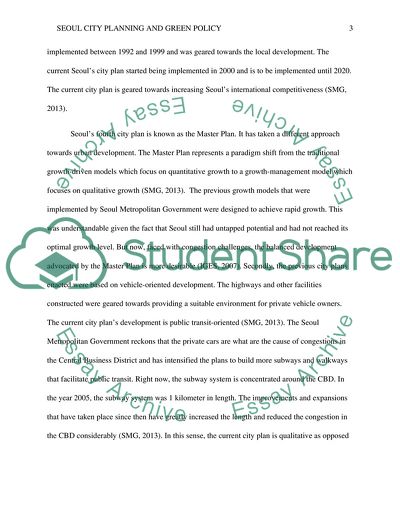Cite this document
(“Comparing city planing,green policy between city of beijing China and Assignment”, n.d.)
Comparing city planing,green policy between city of beijing China and Assignment. Retrieved from https://studentshare.org/social-science/1640824-comparing-city-planinggreen-policy-between-city-of-beijing-china-and-city-of-seoul-korea-providing-suggestions-to-seoul-metropolitan-government
Comparing city planing,green policy between city of beijing China and Assignment. Retrieved from https://studentshare.org/social-science/1640824-comparing-city-planinggreen-policy-between-city-of-beijing-china-and-city-of-seoul-korea-providing-suggestions-to-seoul-metropolitan-government
(Comparing City planing,green Policy Between City of Beijing China and Assignment)
Comparing City planing,green Policy Between City of Beijing China and Assignment. https://studentshare.org/social-science/1640824-comparing-city-planinggreen-policy-between-city-of-beijing-china-and-city-of-seoul-korea-providing-suggestions-to-seoul-metropolitan-government.
Comparing City planing,green Policy Between City of Beijing China and Assignment. https://studentshare.org/social-science/1640824-comparing-city-planinggreen-policy-between-city-of-beijing-china-and-city-of-seoul-korea-providing-suggestions-to-seoul-metropolitan-government.
“Comparing City planing,green Policy Between City of Beijing China and Assignment”, n.d. https://studentshare.org/social-science/1640824-comparing-city-planinggreen-policy-between-city-of-beijing-china-and-city-of-seoul-korea-providing-suggestions-to-seoul-metropolitan-government.


